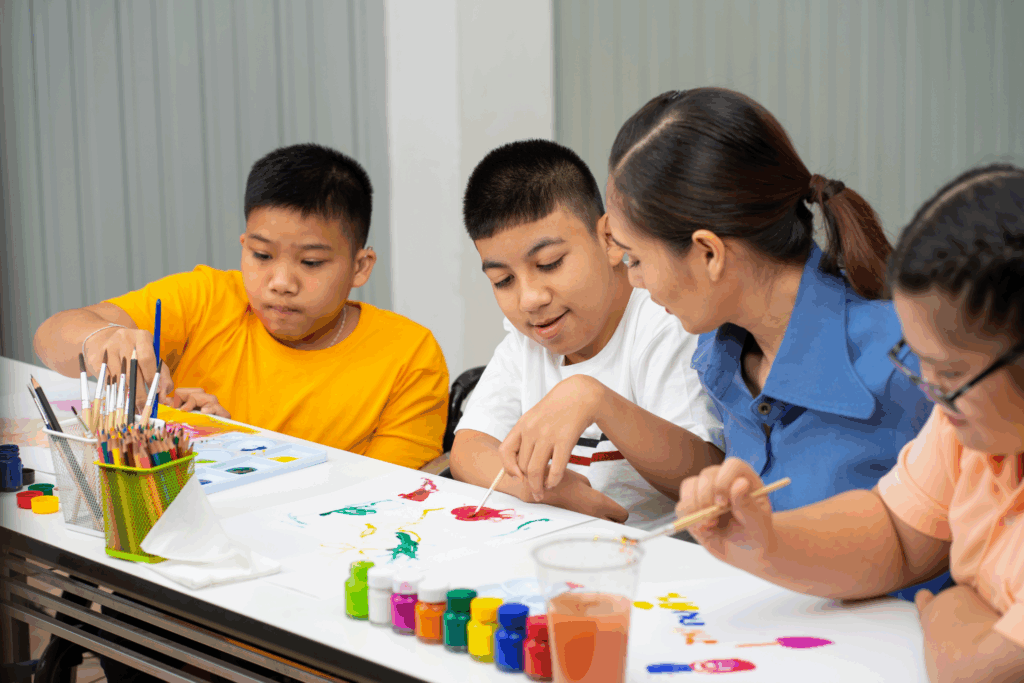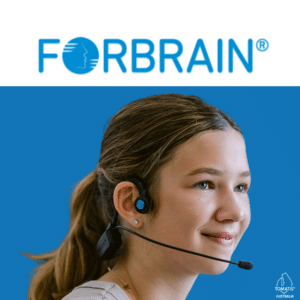For many children with learning disabilities, daily learning feels like wading through fog. Whether it’s struggling to focus, understanding what’s heard, or expressing thoughts clearly, these difficulties can shape not just academic life but emotional wellbeing too.
The Tomatis® Method, developed by French ENT specialist Dr. Alfred Tomatis, has shown promise in improving attention, language, emotional regulation, and cognitive processing. But once the initial gains are made, parents often wonder: how do we make sure these improvements last?
This article explains how children can sustain long-term progress after completing the Tomatis® Program, especially when living with learning disabilities. It draws on core Tomatis® principles, attachment theory, and sensory-neurodevelopment insights to offer a balanced, human approach grounded in experience and current understanding of brain development.
What Is the Tomatis® Method?
Dr. Alfred Tomatis, whose work in the 1950s laid the foundation for the method, discovered that the ear plays a key role in energising the brain not just in receiving sound, but in processing information and supporting emotional regulation.
His method uses filtered music, mostly classical and spoken voice recordings, delivered through special headphones. This process stimulates the auditory system and the brain’s neural pathways, helping recalibrate how sound is received and interpreted.
The goal is not to treat a specific diagnosis, but to improve the brain’s adaptability (neuroplasticity) in children facing cognitive, emotional, or sensory difficulties.
Understanding Learning Disabilities in the Real World
Learning disabilities are more than academic labels. They affect how a child thinks, feels, reacts, and connects with others. These include:
- Dyslexia (trouble with reading),
- Auditory processing disorder (difficulty making sense of sound),
- Dysgraphia or dyscalculia (challenges with writing or math),
- ADHD or executive function difficulties (issues with planning, attention, and impulse control).
Most of these conditions stem from how information is received, processed, and integrated across different parts of the brain.
What’s important is that many of these children also experience “secondary” effects, such as:
- Brain fog (a persistent feeling of confusion or mental tiredness),
- Low motivation or mood dips (not always depression, but similar emotional shutdown),
- High anxiety, especially in learning or social environments.
These are not separate problems, they’re deeply connected. A child who can’t process auditory instructions properly may feel overwhelmed and frustrated, which then fuels anxiety or avoidance behaviour.



